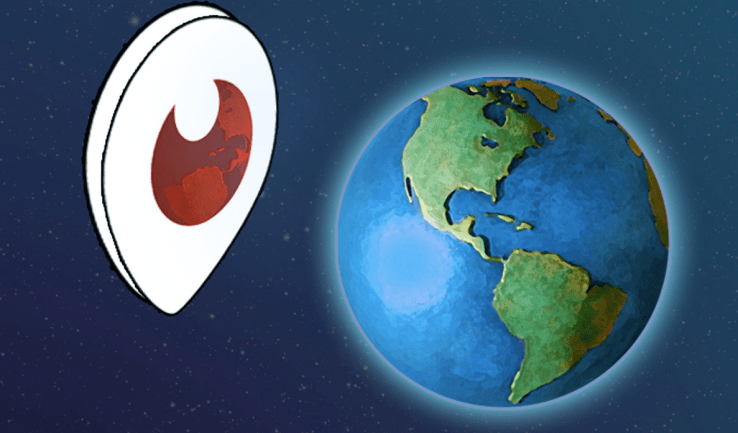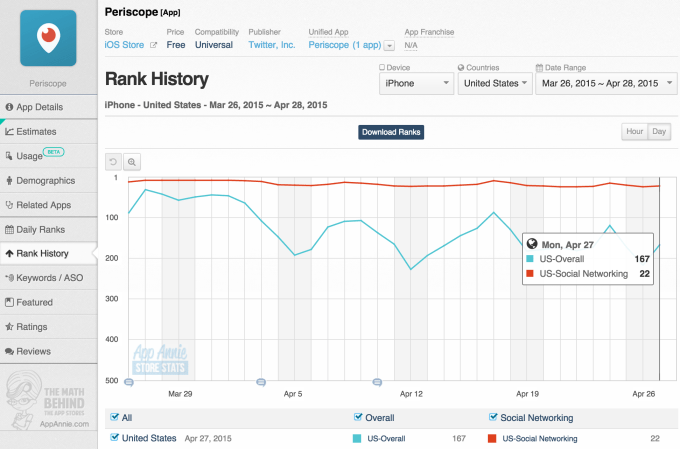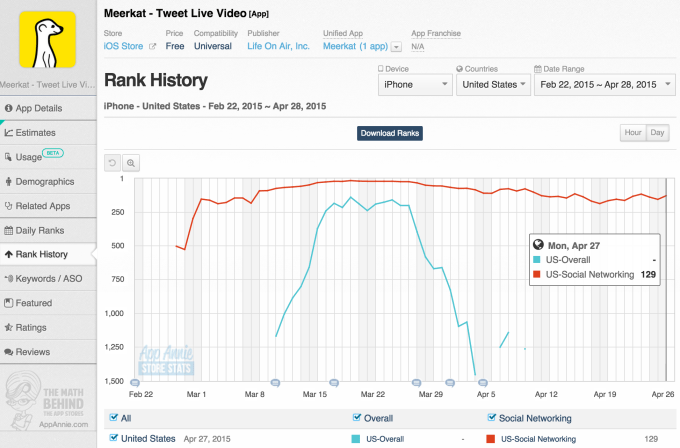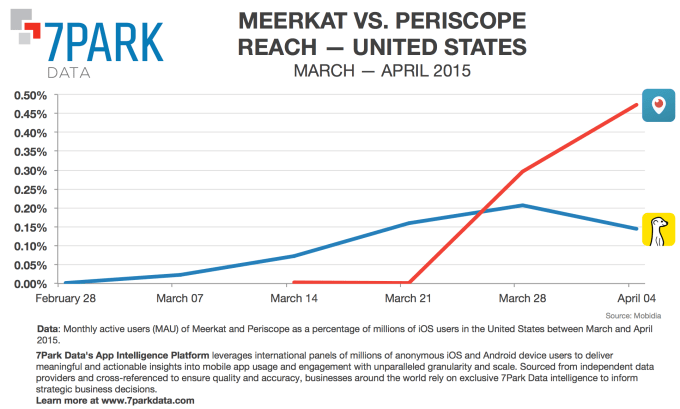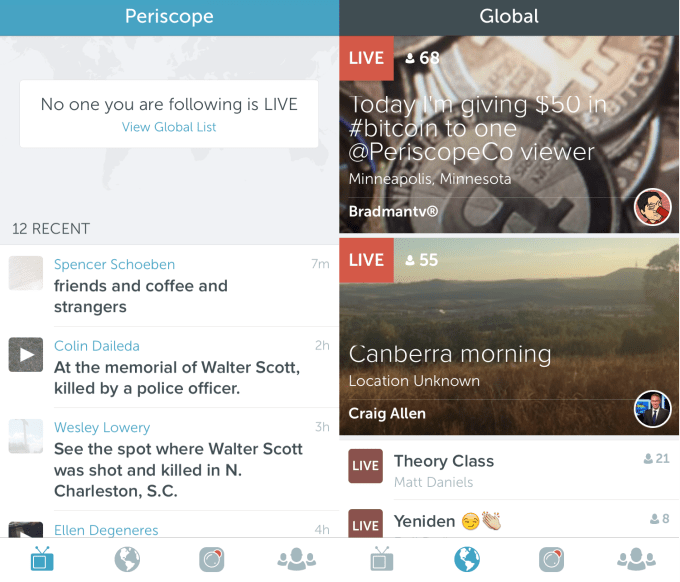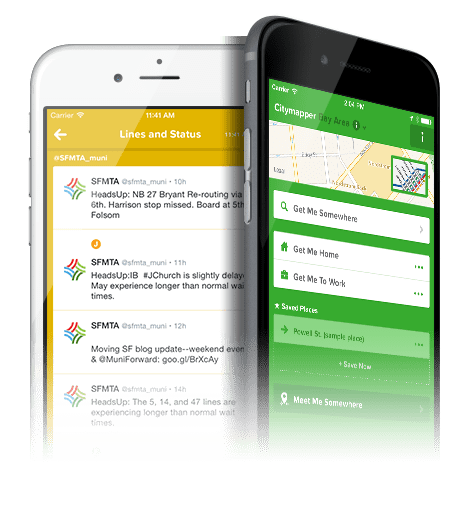After four months of running under Jack Dorsey interim chief executive, today Twitter finally named him as its permanent leader. The man who helped co-found Twitter in 2006 is now its full-time CEO again.
In addition to the new permanent role for Dorsey, Adam Bain is becoming COO — Bain used to handle revenue and partnerships at Twitter and was another CEO candidate. Dorsey also announced that a new board is in the works. The company already announced that Dick Costolo stepped down from the board. Dorsey will continue to serve as a board member but no longer as chairman.
“There are currently no plans to provide Mr. Dorsey with direct compensation for his role as Chief Executive Officer,” Twitter writes in the SEC document announcing the changes.
In an investor call, Twitter executives announced the changes and answered questions. “It’s our goal to exceed the expectations the world has for us,” Dorsey said. “I’ll do whatever it takes.”
“I’ve worked in partnership with Jack since I joined Twitter in 2010,” Bain said. He also said that he’s met with Dorsey over the years to talk about business, product and overall strategy. He also commented on the last four months as Dorsey has been temporary CEO for quite a while now.
“He’s got the senior staff working better than ever,” he said. “He’s also led the team for a product re-envisioning and product roadmap for 2016.” Naturally, the conversation shifted toward this mysterious product roadmap.
When asked about it, Dorsey alluded to project lightning, Twitter’s plan to show relevant live content to casual users.
“We’ve been reviewing our roadmap to make sure that we make Twitter easier to everyone around the world,” he said. “There’s a lot of initiatives aimed at making sure that people can immediately get value out of Twitter.”
At the same time, Dorsey reassured existing Twitter users, saying that the company is also building new tools to let power users do more things. “We’ve been playing with [Lightning] internally for quite some time and it feels… amazing,” Dorsey said.
Dorsey is juggling the job with a couple of other roles. In addition to already being the social network’s chairman of the board, he is also the CEO of Square, a payment processing company that he co-founded in 2009 and is reportedly slated for a public offering sometime this year. Insiders at Square have been quietly assuring everyone that Dorsey plans to stick around as CEO.
When it comes to splitting his time between Square, Dorsey dodged the question during the investor call.
An End To Many Speculations
After a Re/code article was published citing sources saying that Dorsey’s new permanent job was imminent, Twitter’s stock popped a few percentage points followed by a sharp decline and another rise.
Throughout his interim CEO period, Dorsey has remained committed to leading Square, as well. But the fact that Dorsey was already running another company when he took over as interim CEO of Twitter from Dick Costolo may have been one of the sticking points when considering him for the job long-term: Chris Sacca, a vocal Twitter investor,claims that a Twitter board member was one of the people who took issue with Dorsey doing both jobs simultaneously.
Some may have believed that the CEO role would always go to Dorsey, but more widely the move brings to an end one of the more-speculated leadership vacancies in the tech industry. Other names that we had heard floated for the job included insiders Adam Bain (head of revenue and partnerships and now COO) and CFO Anthony Noto; Jeff Weiner from LinkedIn; Bradley Horowtiz from Google and Padmasree Warrior.
We may now have a name to engrave on the back of the chair at the top of the table, but it doesn’t make that seat any less hot.
Twitter’s stock has been on a roller coaster, with the company weathering questions about its user growth and engagement, leadership changes, and more existentially what it is as a product. That’s led many to debate whether the company, with its stock in a dip, would simply get snapped up by a bigger fish like Google.
In that regard, you can see how someone leading Twitter who has been connected to it and its bigger vision from the start could make a lot of sense. Now the question will be how Dorsey implements that legacy advantage.



